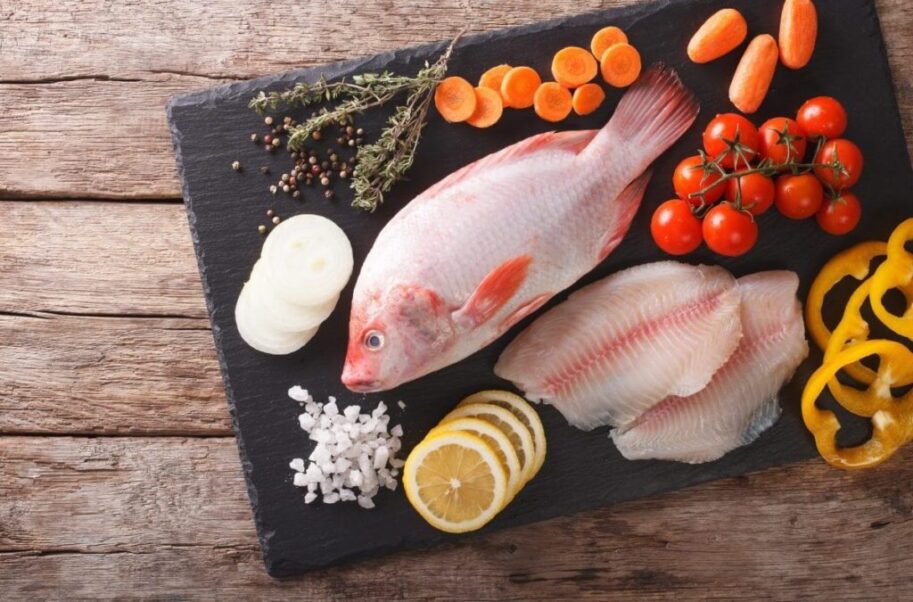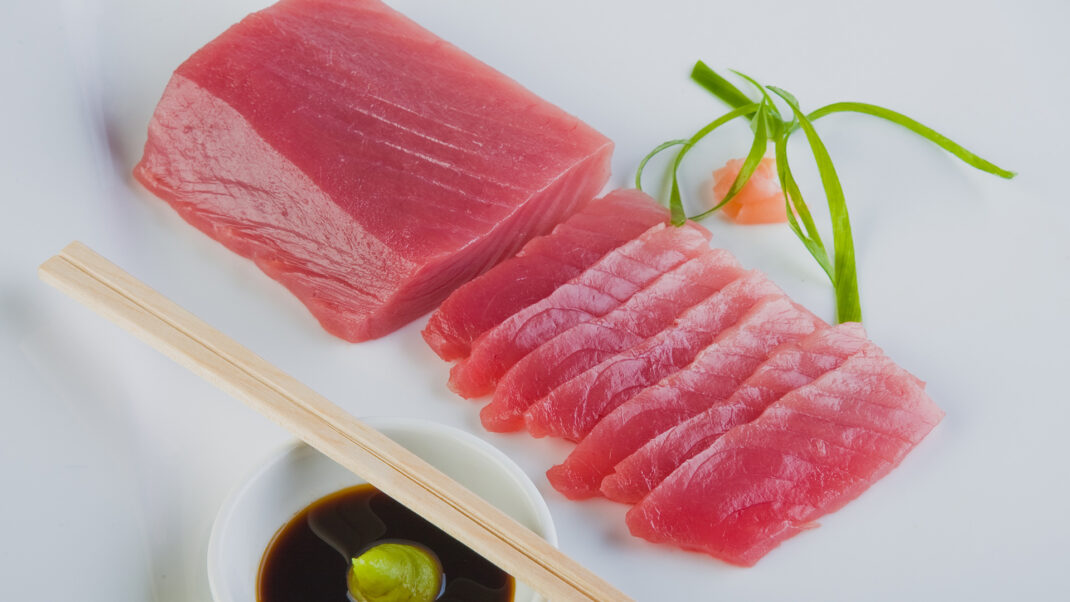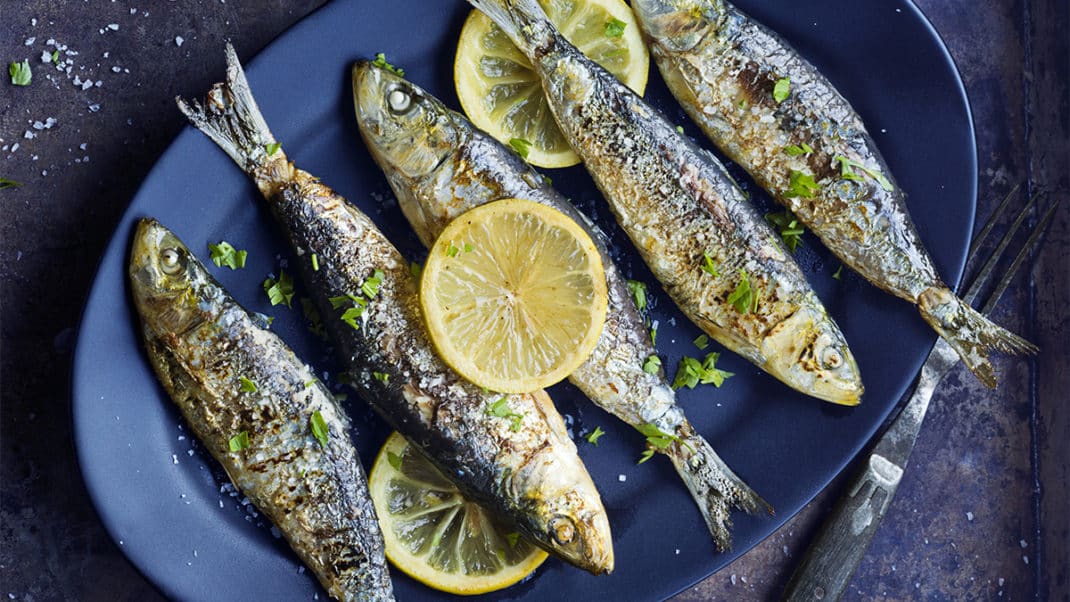Mercury content in tuna can be reduced with new packaging
Soon, we may have safer canned fish to reel-in

High in protein and various essential nutrients as well as being relatively inexpensive, canned tuna remains a staple in many households. But it comes with an almost certain risk of mercury exposure Recent testing of canned tuna has shown that levels have remained fairly stable over the last few decades. This is why it’s exciting to hear that researchers from Chalmers University of Technology in Sweden have come up with a novel approach to packaging the canned fish that has been shown to remove up to 35 percent of the accumulated toxin, significantly reducing exposure levels. The concept of so-called active packaging is to develop materials, for example, a liquid inside a can, that interact with food during storage to impact things such as shelf-life and, in this case, food safety. The food scientists added the amino acid cysteine to a water solution in which fish meat was immersed and discovered that this allowed a portion of the mercury to be drawn out of the tissue of the tuna into the liquid that could be discarded. The investigation discovered that the greater the surface area of flesh of the fish that was in contact with the cysteine solution, the higher the mercury uptake. The highest value of mercury reduction, 35 percent, was reached when testing canned minced tuna from grocery stores. Importantly, noticeable changes in the appearance or smell of the tested fish samples were not observed. According to the World Health Organisation (WHO), mercury is one of the ten most harmful chemicals for humans with frequent exposure damaging the central nervous system. Will this production method be implemented by the big tuna packers and ring in a new era of safer tuna to eat?
References
https://pubs.acs.org/doi/abs/10.1021/acs.estlett.3c00949
https://onlinelibrary.wiley.com/doi/10.1002/gch2.202400161
Matthew Kadey, MS, RD
Matthew Kadey, MS, RD, is a James Beard Award–winning food journalist, dietitian and author of the cookbook Rocket Fuel: Power-Packed Food for Sport + Adventure (VeloPress 2016). He has written for dozens of magazines, including Runner’s World, Men’s Health, Shape, Men’s Fitness and Muscle and Fitness.





